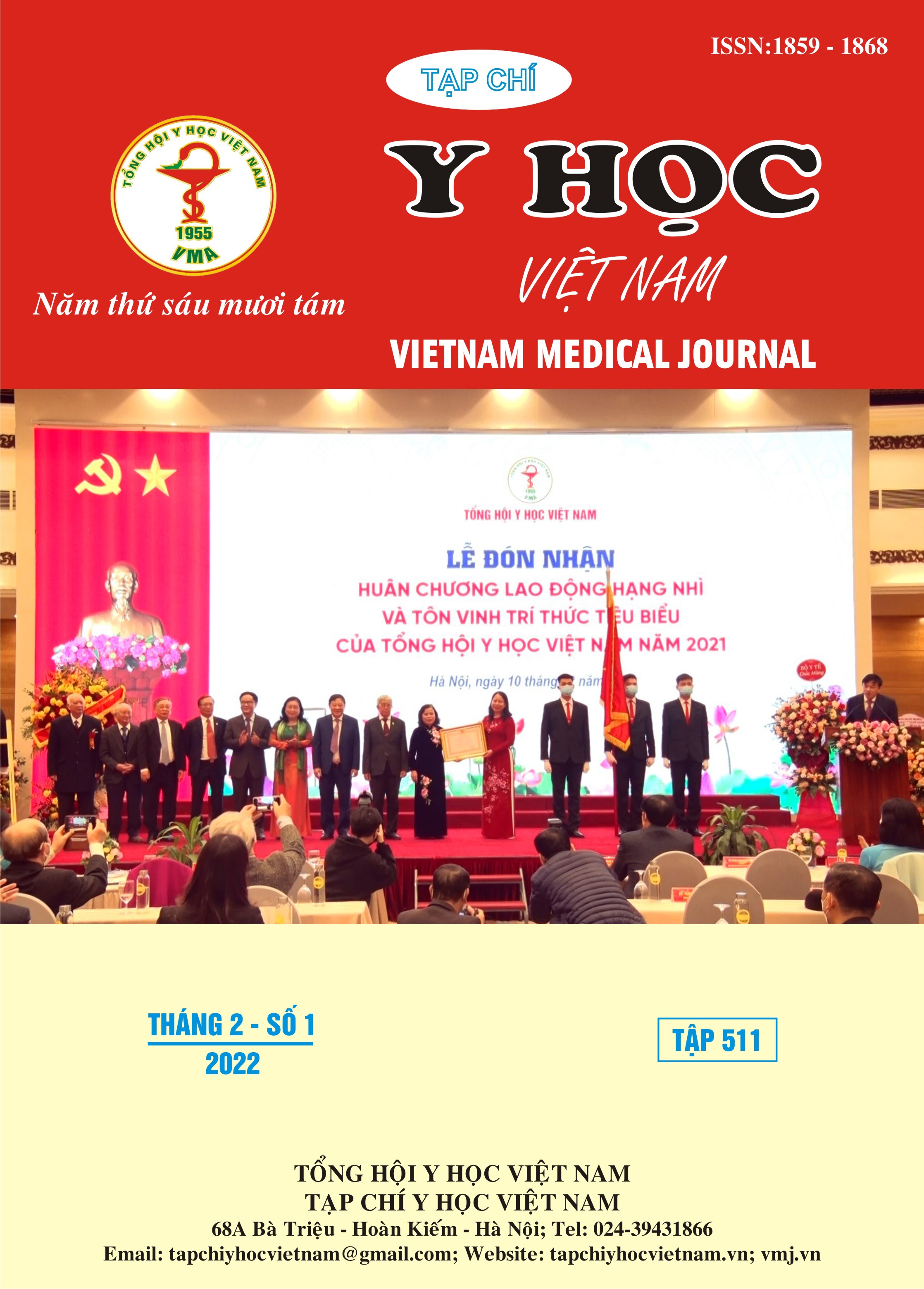RATIO OF FECAL OCCULT BLOOD AND SOME RELATED FACTORS IN KHMER POPULATION IN TRA CU DISTRICT, TRA VINH PROVINCE, 2021
Main Article Content
Abstract
Fecal occult blood test is carried out to evaluate the presence of blood in the stool. The application of this test is common for screening Colorectal cancer. Colorectal cancer tends to be more common with the high mortality rate in developing countries. Colorectal cancer is responsible for large burden of disease and death, posing many problems which need to be solved. Stemming from this reality we carried out to determine of the percentage of blood hidden in stool and several major factors associated with it in Khmer compatriot in Tra Cu of Tra Vinh province to make recommendations for improving quality of the living, sooner detect fecal occult blood and other factors associated with fecal occult blood and colorectal cancer. In this cross-sectional study of 400 Khmer participants who were living in south Viet Nam from the age of 40 to 60, 2.5% of participant were positive with fecal occult blood test. The final result showed that the rate of fecal occult blood in this population is relatively low and could not determine any co-relation between characteristics like age, gender, literacy, occasion, financial status, physical activity, overweight - obesity, alcohol, tobacco, diet (p> 0,05) and positive rate of fecal occult blood test. Therefore, the very attention that need to be aimed at the age of 50 to over 60 to promote screening for occult blood in the stool. Within gender, female group needs to pay more attention than males because this study showed that the positive rate of fecal occult blood test of women was 21,6% higher than in men. Improving knowledge and attitude among non-smokers and non-drinkers. In this study, it was found that the group of non-smokers and non-drinkers had a higher percentage of occult blood in the stool than the group of smokers 58.6% and higher than the group of people who had never used alcohol 31,6%.
Article Details
Keywords
Fecal occult blood test, colorectal cancer, people from 40 to over 60 years old, Southern Khmer
References
2. Cổng thông tin điện tử huyện Thanh Oai (2019), Thanh Oai xét nghiệm sàng lọc phát hiện sớm ung thư đại trực tràng, Hà Nội.
3. Sở Y tế Hà Nội (2019), Báo cáo chương trình sàng lọc ung thư đại trực tràng 2017-2018, truy cập ngày 20/1/2021, tại trang web http://www.bachmai.gov.vn/en/tin-tuc-va-su-kien/tin-trong-nganh-menuleft-34/5263-ha-noi-sang-loc-ung-thu-dai-truc-trang-21451-nguoi-duong-tinh.html.
4. A. Andreasson et al (2019), "The prediction of colorectal cancer using anthropometric measures: A Swedish population-based cohort study with 22 years of follow-up", United European Gastroenterol J. 7(9), pp. 1250-1260.
5. Bray F, FerlayJ, SoerjomataramI et al (2018), "Global cancer statistics 2018: GLOBOCAN estimates of incidence and mortality worldwide for 36 cancers in 185 countries", CA: a cancer journal for clinicians. 68(6), pp. 394-424.
6. Iarc (2012), "Estimated cancer incidence, mortality and prevalence worldwide in 2012", Reference Source, pp. 4-6.
7. Nguyen T.B , Nguyen V.T và Tran T.T (2016), "Smoking and related factors in Khmer ethnic people from 25 to 64 years old in Tra Vinh province", J Fran Viet Pneu. 22(7), pp. 1-7.
8. World Health Organization. (2015), Health statistics and information systems. GlobalHealth Estimates for the years 2000–2015, update 20/1/2021, https:// www.who.int/ healthinfo/global_burden_disease/estimates/en/.


